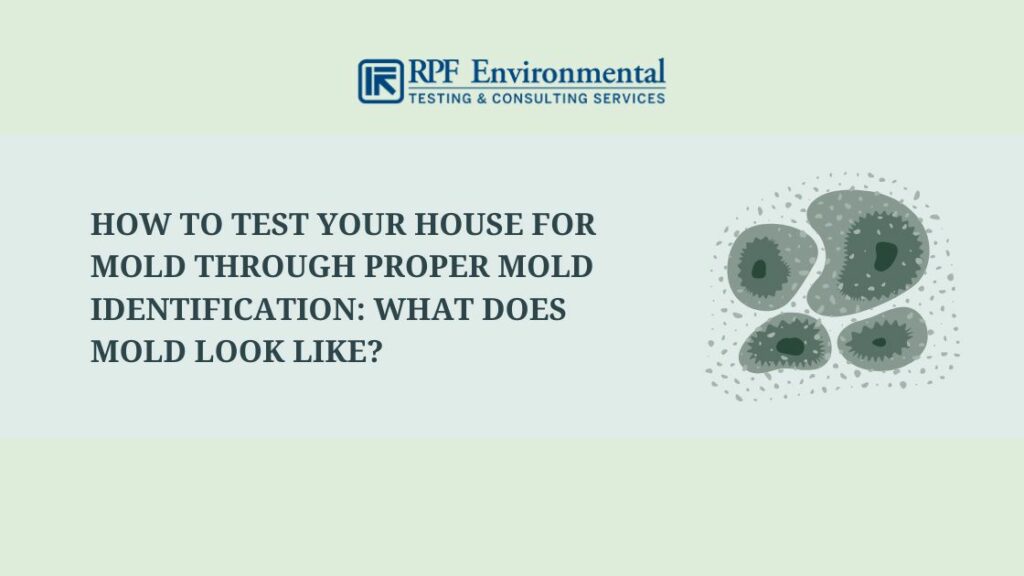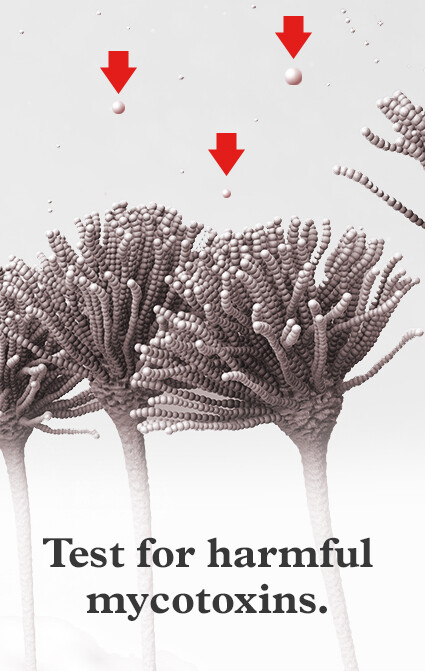Mycotoxin testing Services: A Key Component in Threat Monitoring Approaches
Mycotoxin testing Services: A Key Component in Threat Monitoring Approaches
Blog Article
Just How Mycotoxin Testing Helps Avoid Contamination and Safeguard Food Materials

Mycotoxin screening is a vital technique in the food market, functioning as a frontline protection against contamination by unsafe toxins created by mold and mildews. Through the application of advanced methods like High-Performance Liquid Chromatography (HPLC) and Liquid Chromatography-Mass Spectrometry (LC-MS), food producers can accurately evaluate and discover mycotoxin levels in agricultural items. This aggressive approach not just makes certain conformity with rigid safety laws but also alleviates wellness dangers to consumers. Additionally, normal testing strengthens brand credibility and economic health by reducing contamination-related cases. How precisely do these testing methods incorporate into the more comprehensive food safety and security technique?
Understanding Mycotoxins
Recognizing mycotoxins begins with recognizing that they are toxic additional metabolites created by specific molds, which can infect agricultural products. These metabolites are not important for the growth or recreation of the fungi but can have extreme ramifications for human and animal health. Mycotoxins are generally found in staple plants such as corn, wheat, barley, and nuts, where they can multiply under details problems of wetness and temperature.
There are numerous types of mycotoxins, each produced by different fungal types. Aflatoxins, produced by Aspergillus varieties, are among one of the most infamous, understood for their carcinogenic properties. One more substantial team includes ochratoxins, produced by Aspergillus and Penicillium types, which have nephrotoxic impacts. Fusarium varieties create trichothecenes and fumonisins, both of which are related to numerous intense and persistent health and wellness concerns.

Dangers of Mycotoxin Contamination
The dangers of mycotoxin contamination are diverse, positioning considerable dangers to both food security and public health and wellness. Mycotoxins, hazardous substances created by specific kinds of fungi, can contaminate a large range of agricultural products consisting of grains, nuts, seasonings, dried out fruits, and coffee. Once these toxins infiltrate the food supply, they can cause significant health and wellness problems such as liver damages, kidney failing, and also cancer cells. At risk populations, consisting of children, the senior, and immunocompromised people, are particularly in danger.
Financial influences are an additional significant problem. Contaminated plants can result in considerable monetary losses for farmers and food manufacturers because of reduced returns and the need for pricey purification steps. Worldwide profession can be significantly hindered as countries apply strict mycotoxin laws to safeguard their populations, leading to denied shipments and stretched profession relationships.
Ecological aspects such as environment modification worsen the risk of mycotoxin contamination. Variants in temperature and moisture can create favorable conditions for fungal development, enhancing the probability of contamination events. Thus, understanding and alleviating these dangers are important for making sure the safety and security and integrity of worldwide food products.
Techniques of Mycotoxin Examining
Precisely identifying mycotoxin contamination in agricultural products is important for protecting public health and keeping food safety and security requirements. Various methods are utilized to find and measure mycotoxins, each offering particular advantages and constraints.
High-Performance Fluid Chromatography (HPLC) is a commonly used method as a result of its high level of sensitivity and precision. It involves dividing mycotoxins from various other substances in a sample, enabling exact metrology. Likewise, Liquid Chromatography-Mass Spectrometry (LC-MS) combines fluid chromatography with mass spectrometry to offer thorough molecular details, making it especially helpful for identifying numerous mycotoxins all at once - Mycotoxin testing Services.

Gas Chromatography-Mass Spectrometry (GC-MS) and Thin-Layer Chromatography (TENDER LOVING CARE) are also utilized, each with unique applications. GC-MS works for volatile mycotoxins, while go to website TLC supplies a less complex, cost-efficient choice for initial testing.
Benefits of Regular Testing
Normal screening for mycotoxins in farming products offers various benefits, significantly contributing to public health and food safety and security. By recognizing contamination early, routine testing aids protect against the circulation of harmful foods, thereby reducing the threat of mycotoxin-related health problems among consumers. This proactive approach not only safeguards human health yet additionally boosts the general high quality of food products.
Consistent screening additionally sustains regulatory compliance. Various nations and areas have established rigorous limitations for mycotoxin levels in food and feed. Sticking to these limitations through normal screening guarantees that providers and producers meet lawful criteria, consequently preventing penalties and trade obstacles. Additionally, preserving compliance fosters customer depend on and brand online reputation, which are important for market success.
In addition, regular mycotoxin testing can cause substantial economic advantages. Early discovery of contamination allows for prompt treatment, lowering possible losses from prevalent contamination. Carrying out routine testing protocols can also reduce recall expenses and associated obligations, which can be monetarily ruining.
In addition, normal screening gives beneficial information that can educate far better farming techniques and storage space problems. By comprehending patterns of contamination, manufacturers can embrace safety nets, therefore lowering future threats and contributing to the sustainability of the food supply chain.
Executing Evaluating Protocols
Implementing reliable mycotoxin testing methods is vital for making sure the check here safety and top quality of agricultural items. Each phase must be inspected to pinpoint where mycotoxin contamination is most likely to take place.
Once essential control points are identified, choosing appropriate screening approaches is essential. Common strategies consist of enzyme-linked immunosorbent assay (ELISA), high-performance fluid chromatography (HPLC), and mass spectrometry (MS) Each method has its weak points and staminas; hence, selecting the appropriate one depends on the specific mycotoxin being examined, the needed sensitivity, and available sources.

Last but not least, integrating the screening protocols into a comprehensive food safety monitoring system is suggested. This enhances traceability and makes it possible for swift corrective actions when contamination is discovered, thus securing the integrity of the food supply chain.
Verdict
Mycotoxin screening is important in stopping contamination and guarding food products navigate to this site by making it possible for very early detection of dangerous toxic substances produced by molds in farming products. Advanced techniques such as HPLC and LC-MS ensure compliance with safety and security laws and secure customers from health threats. Routine testing improves brand name credibility, economic stability, and count on food security by lessening contamination-related losses and keeping high requirements in food production. Applying strenuous screening protocols is therefore necessary for the industry's general wellness.
Mycotoxin screening is an important technique in the food industry, offering as a frontline defense against contamination by harmful contaminants produced by mold and mildews. An integrated technique involving agricultural methods, storage space administration, and regular screening can minimize the risks connected with mycotoxin contamination, making sure food security and public wellness.
The risks of mycotoxin contamination are diverse, posturing substantial threats to both food security and public health.Routine screening for mycotoxins in farming products supplies many benefits, substantially adding to public wellness and food security.Mycotoxin testing is crucial in protecting against contamination and securing food products by enabling early discovery of damaging contaminants created by mold and mildews in farming products.
Report this page